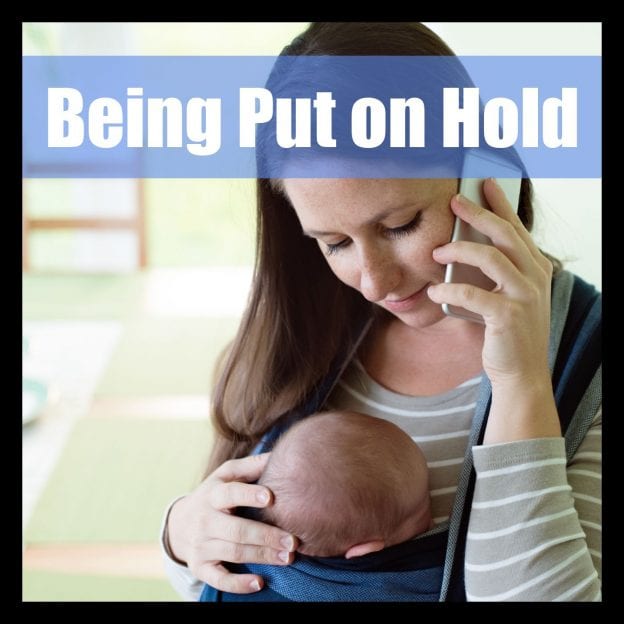
Can you remember the first time you were put on hold? Probably not. The experience is so much a part of most telephone calls today we are relieved if it is only a small part of the experience. This has not always been the case. I can actually remember a time when almost every call made was answered on the first few rings, by an actual person. The call was very often answered by the person you were trying to reach.
Only a few businesses even had answering machines. These were used to receive calls after hours or on the weekend. Even in this period, being put on hold was the exception rather than the rule. Part of that is because many of the businesses that received customer calls had more than one line. The person answering the call might physically set the receiver down while they went to tell the intended recipient of your call that someone was on the phone for them.
Even after businesses started using multi-line telephones, the procedure involved the person answering the phone asking the caller to wait a moment. Then, they would press a red “hold” button while they went to find the person being called. After a few moments of silence, either the person being called came on the line, or the person who answered the call came back on to say that the person being called is not available. The person speaking would then ask if they could take a message and/or have the person being called return the call.
The point is these calls were made in real time between live people. There was every expectation when a call was being made that it would result in speaking with another real person, often the person being called. Even the possibility of not speaking to the intended person was normal only when calling someone at an office.
I can remember the first time I saw a two-line phone in a private home. It was in a doctor’s home, and it made a lasting impression on me. In those early days, answering machines were a rarity, and music on hold was the exception rather than the rule. When you made a call, you also had a good idea of the physical location where the call was being received.
Fast forward to today. Calls to a business are routinely answered by an “automated attendant.” The caller is greeted by an artificial voice asking them to listen to a list of menu selections and choose one. Often, making a choice from the menu leads to another series of menu selections. The option is sometimes, but not always, given to dial a number like 0 or remain on the line if there is no menu selection that meets the callers needs in placing the call. This is almost always followed by being told to please wait for the next available person to take the call. There may be periodic reminders, thanking the caller for remaining on the line.
Adding to the frustration is the fact that many of us use recorded messages to screen even our personal calls. Is there anyone who does not experience at least occasional frustration to even the prospect of making a telephone call?

As we move forward, it might be helpful to ask ourselves what if anything we can do to make telephone communication more personal. When we are dealing with someone after a prolonged period on hold, can we remember that they are a person just as we are. As we move forward, what can we do to make communicating by phone the personal experience it was once intended to be?
If you would like to receive new As We Move Forward posts, please subscribe to the As We Move Forward mailing list by clicking here. I release entries on a bi-weekly basis.We have a podcast containing the As We Move Forward articles read by Jae Bloom.

